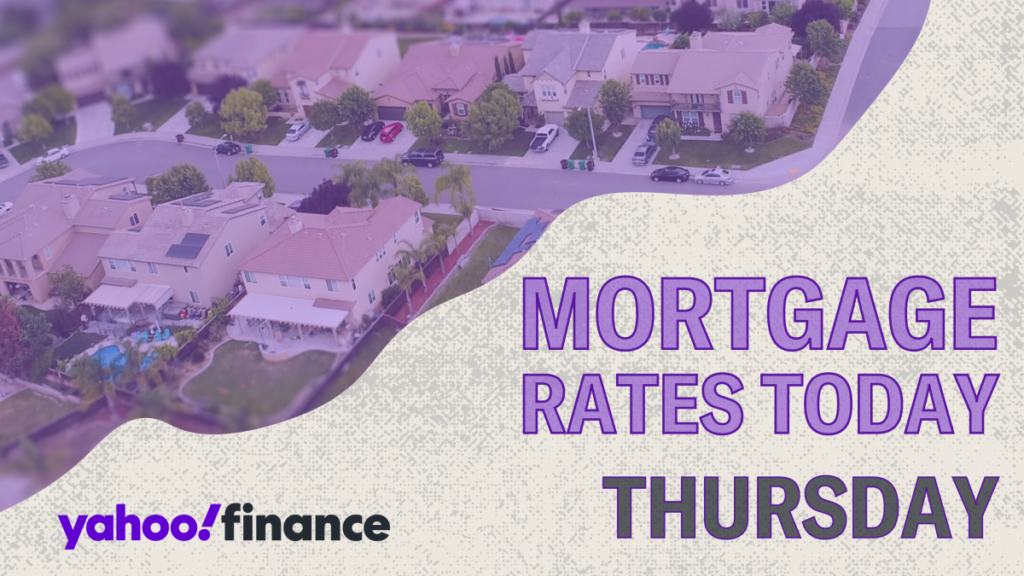Mortgage rates have recently shown fluctuations, with the latest data from Zillow indicating the 30-year fixed mortgage rate standing at 6.55%, a slight increase of three basis points. The 15-year fixed rate is stable at 5.91%, while the 5/1 adjustable-rate mortgage (ARM) has decreased by three basis points to 6.70%. The release of the October Consumer Price Index (CPI) by the U.S. Bureau of Labor Statistics has indicated that inflation is aligning with expectations. This situation might lead the Federal Reserve to consider cutting the federal funds rate during its upcoming December meeting. However, mortgage rates are expected to stay relatively high owing to speculations surrounding former President Trump’s potential policies following his election. As such, prospective buyers may find that now is an opportune time to make a purchase in the current housing market.
In terms of current mortgage rates, Zillow’s latest average rates show a range for different loan types. For 30-year fixed mortgages, the rate is at 6.55%, while the 20-year fixed has a rate of 6.35%. The 15-year fixed continues at 5.91%. For adjustable-rate options, the 5/1 ARM stands at 6.70%, and the 7/1 ARM has a rate of 6.69%. These rates are part of broader offerings including VA and FHA loans, with respective rates for 30-year and 15-year fixed VA loans at 5.91% and 5.43%, and 30-year and 15-year fixed FHA loans at 5.61% and 5.59%. National averages provide a general indication but should be personalized based on numerous factors including the borrower’s financial situation.
For those considering refinancing, current rates are also notable, with the 30-year fixed refinance rate at 6.67% and the 15-year fixed at 5.99%. Similar to purchase rates, refinance rates have been rounded to the nearest hundredth and commonly tend to be higher than rates for purchase mortgages. With various rates differing across terms and types, homeowners are encouraged to utilize tools like a mortgage payment calculator from Yahoo Finance. This tool allows users to accurately assess how changes in rates affect monthly payments while considering additional expenses such as insurance and taxes.
Understanding mortgage rates is essential for homeowners and potential buyers. A mortgage rate is essentially the cost of borrowing money, expressed as a percentage. There are two main types of mortgage rates: fixed and adjustable. Fixed-rate mortgages lock in an interest rate for the entire duration of the loan, providing predictability in monthly payments. Conversely, adjustable-rate mortgages (ARMs) typically have a lower starting rate that adjusts after an initial period, which can either be beneficial or risky depending on economic fluctuations. The allocation of monthly payments also shifts over time, starting with a greater portion going towards interest and gradually increasing the portion applied to the principal.
Mortgage rates are influenced by both controllable and uncontrollable factors. Borrowers can control aspects such as credit scores, debt-to-income ratios, and down payment amounts, which can lead to lower rates. In contrast, uncontrollable factors include the broader economy—if the economy is struggling, rates might decrease to stimulate borrowing, whereas robust economic performance often leads to higher rates to temper spending. Additionally, refinancing generally incurs slightly higher rates than new purchases, which can catch some homeowners off guard when they evaluate their options.
Lastly, significant decision factors in mortgage loans include preferred terms. The common 30-year and 15-year fixed-rate mortgages each have their distinctive advantages and disadvantages. A 30-year mortgage generally offers lower monthly payments, making home ownership more accessible, albeit accruing more interest over time. In contrast, a 15-year mortgage translates to higher monthly payments and lower overall interest, with the benefit of quicker loan repayment. Prospective borrowers are urged to thoroughly compare lenders, rates, and terms to ensure favorable mortgage conditions, as institutions like Citibank, Wells Fargo, and USAA show some of the lower median mortgage rates, though shopping beyond traditional banks to include credit unions and specialized mortgage lenders can yield even better options.

